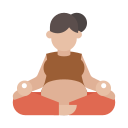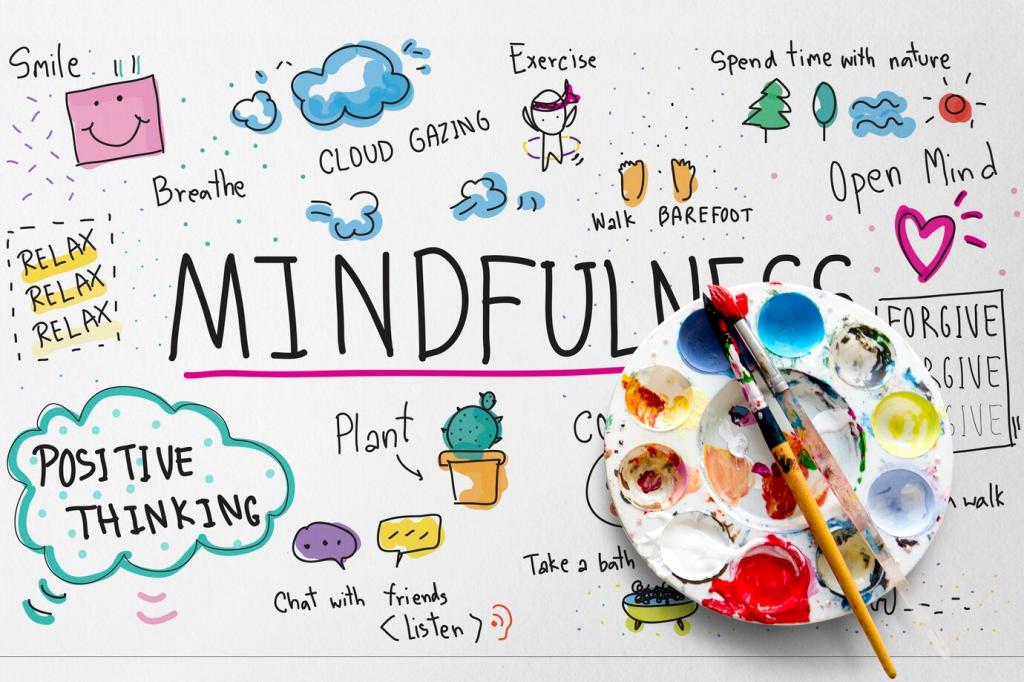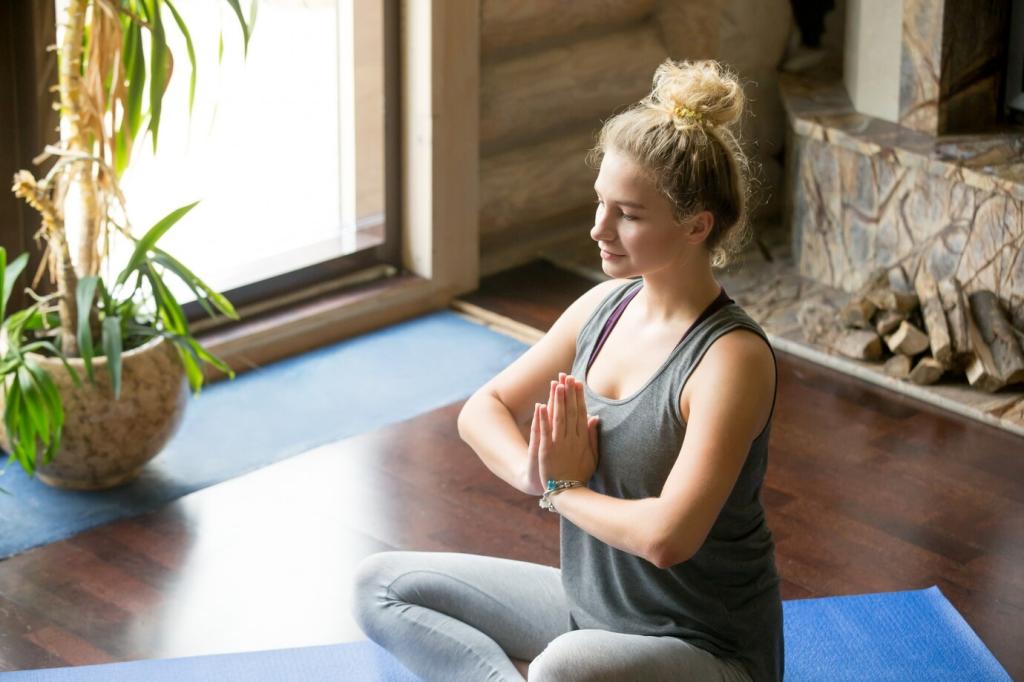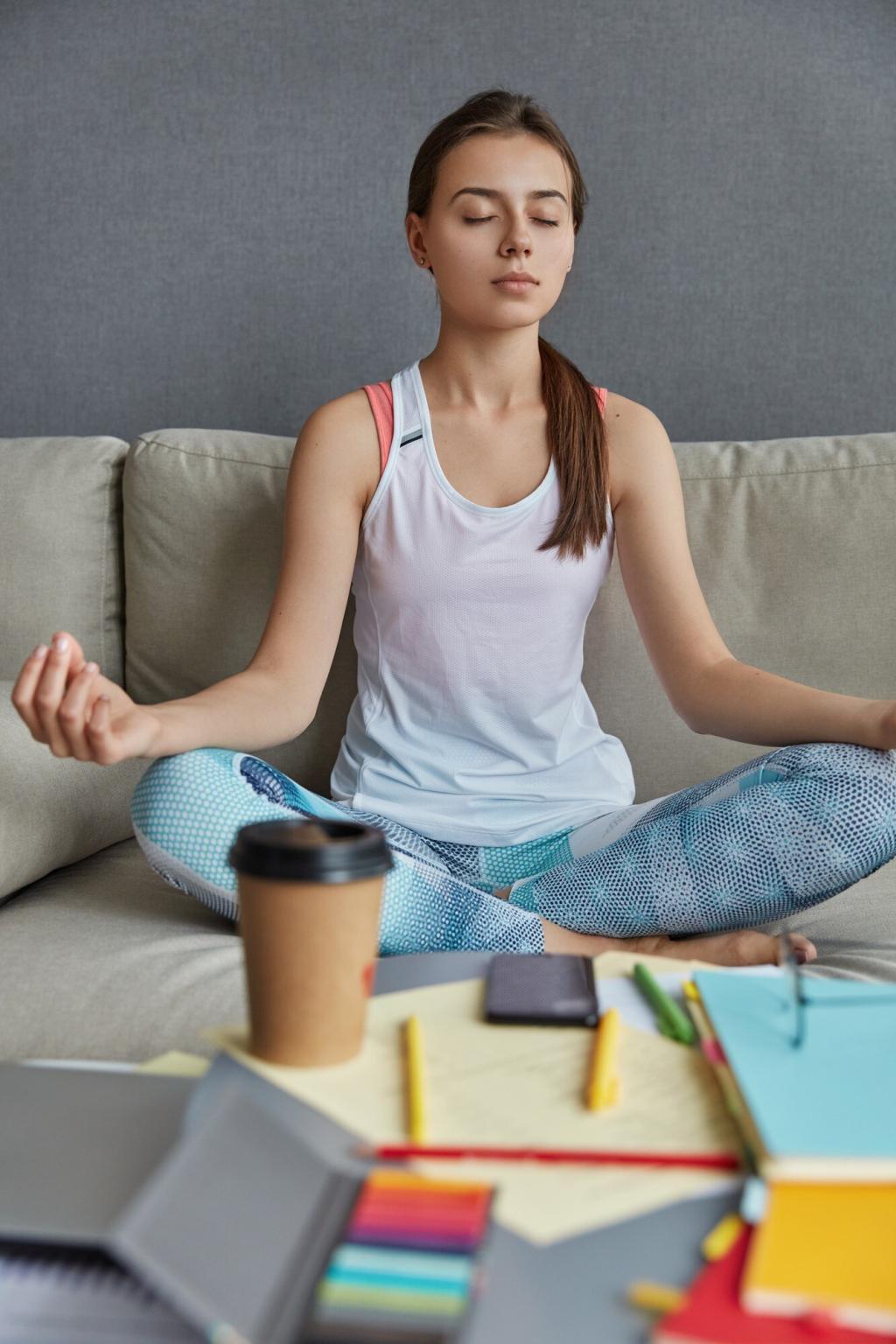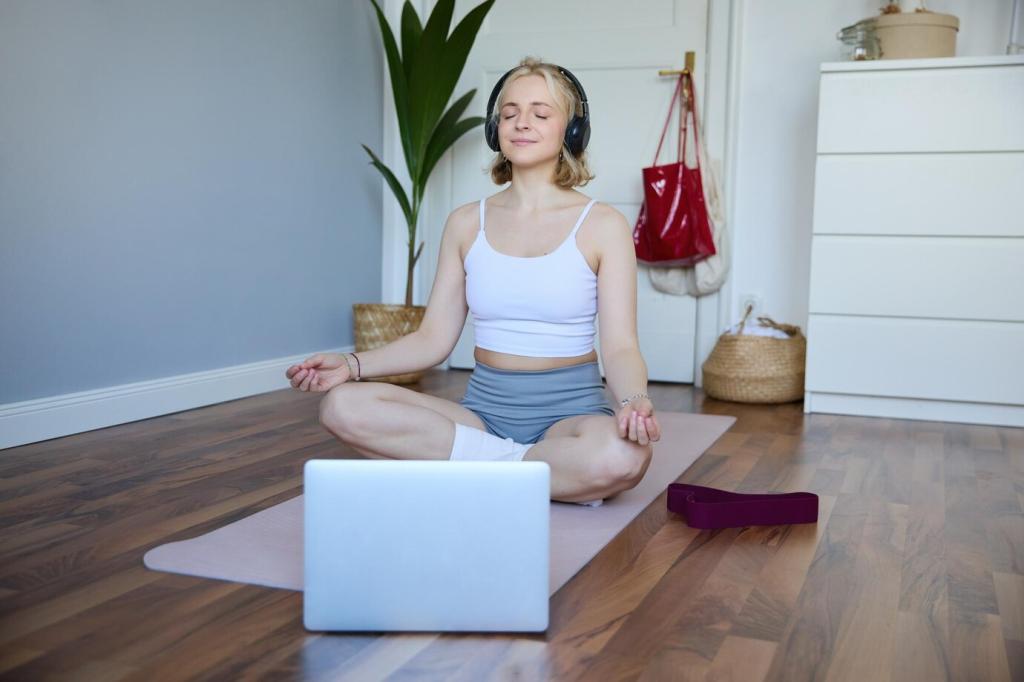Core Techniques for Beginners
In a guided body scan, the voice directs attention from head to toe, noticing sensations without judgment. You learn to meet tightness with breath and curiosity. Even five minutes can reset tension. Tell us which body region surprised you most with hidden ease.
Core Techniques for Beginners
Breath-focused guidance encourages noticing inhales and exhales, perhaps counting softly or feeling air at the nostrils. When thoughts wander, the guide invites a kind return. Over time, this builds steadiness like a lighthouse. Try three minutes daily, then share your experience.
